Rethink the Pink Drink
After a rash of deaths linked to its products, the high-octane beverage industry has gone through a female-friendly makeover. Are these drinks actually safer—or are marketers just trying to repackage a frat-boy favorite? Virginia Sole-Smith investigates.
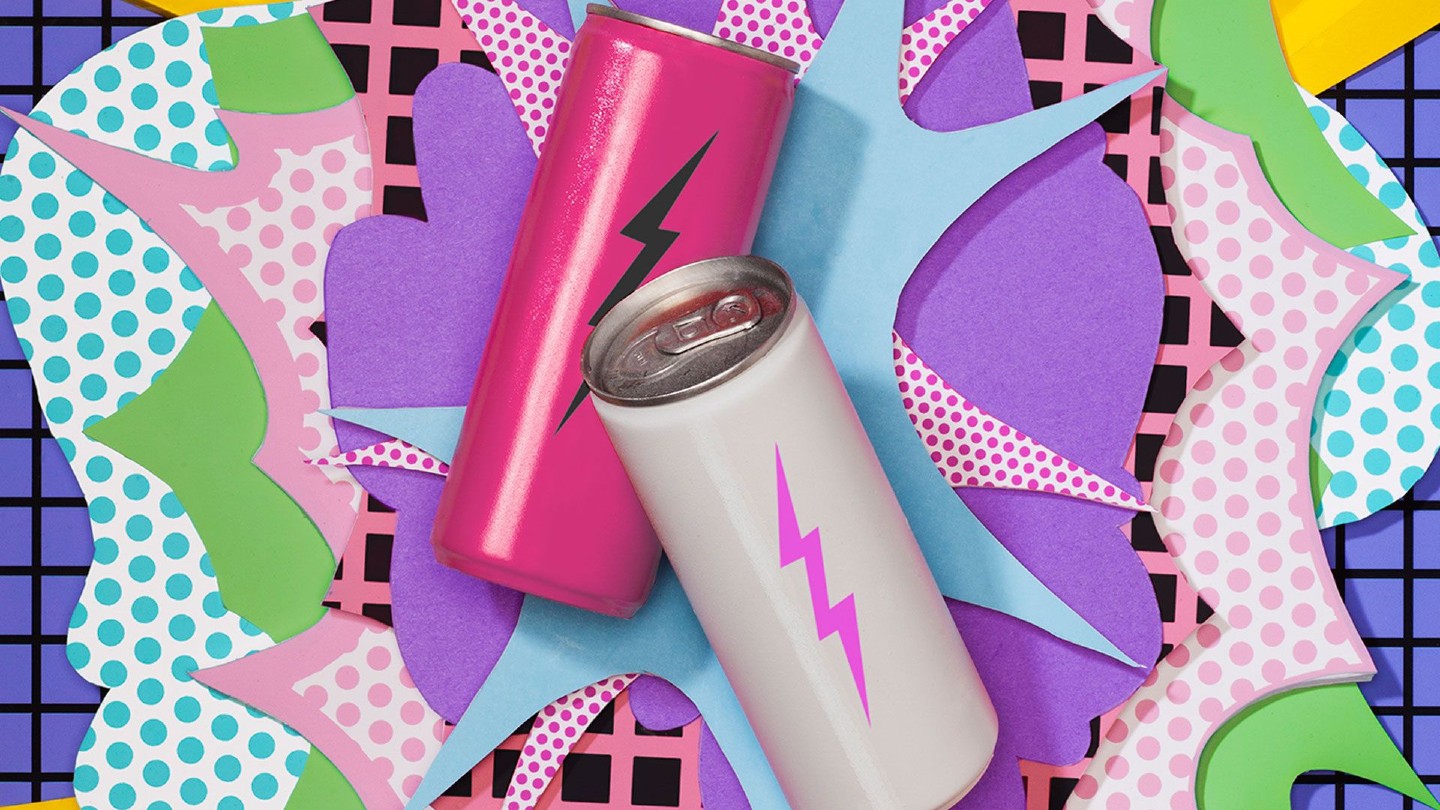
ON DECEMBER 16, 2011, 14-year-old Anais Fournier went to the Valley Mall in Hagerstown, Maryland, with her friends for an everyday teenage-girl afternoon of trying on clothes and eating at the food court. At some point, Fournier popped in to Gardners Candies and picked up a 24-ounce Monster Energy drink. The next day at the mall, Fournier drank another massive Monster. Afterward, she felt jittery; her heart beat erratically. Shortly after arriving at home, Fournier went into cardiac arrest. By the time the ambulance arrived, she was unconscious. Her parents spent the next six days at Johns Hopkins Hospital, praying for their daughter's life, but the damage to her heart and brain was too extensive. On December 23, they took her off life support.
Between the two supersize Monster Energy drinks, Fournier consumed 480 milligrams of caffeine—the amount you'd find in 14 cans of cola. Her autopsy found "cardiac arrhythmia due to caffeine toxicity complicating mitral valve regurgitation in the setting of Ehlers-Danlos syndrome" as the cause of death. Last October, Fournier's parents issued a wrongful-death suit against Monster Beverage Corporation. "I won't stop until the dangers of these drinks are known," said Fournier's mom, Wendy Crossland, on the Today show. (Because Fournier had an underlying heart condition—Ehlers-Danlos syndrome, an inherited disorder that weakens blood vessel walls—and a family history of heart disease, Monster denies that its product played a role in Fournier's death, or six other deaths that have been linked to the brand since 2004, the details of which have not been made public.) The tragedy marked an important turning point for the industry, which reported more than $12.5 billion in sales in 2012. By March 2013, Monster's stock price had dropped to $49 a share, down from a high of more than $83 in 2012. (At press time, the stock was trading at $58.58.)
When brands like Monster Energy and Rockstar launched in the early 2000s, promising sky-high levels of caffeine and other power-you-through agents like the amino acid taurine, they were positioned as frat-party staples. But that image has shifted. "In those days, the energy-drink sector was booming, and there was little bad press," says Ben Bouckley, who tracks the market as site editor of BeverageDaily.com. "Consumers relished that 'bad boy' image." Now, "health is king," he says. That's thanks to the ongoing swirl of controversy that has many wondering whether the party-fuel image is such a selling point: In addition to the deaths associated with Monster Energy, the U.S. Food and Drug Administration has received 21 death reports linked to 5-Hour Energy and dozens of complaints reporting stomach pain, vomiting, anxiety, abnormal heart rates, and other side effects associated with these and other popular brands.
The health scares have made it hard for the industry to attract new customers and hold on to ones they'd already hooked. According to surveys by the market research firm Mintel, 47 percent of women who drank energy drinks in the past say they stopped because "they don't seem safe." To retain these customers, energy brands are "pinking up"—and purporting to promote health. "Now it's about getting a natural boost that will pull you through a busy morning," says Bouckley.
Small startup brands have switched their focus to women, with products like Flirt Energy Drink, Go Girl Energy Drink, and HER (Healthy Energy Revitalizer), which advertise plant-based ingredients and perks ranging from weight loss to increased sex appeal. The bigger players are also getting into the game: Rockstar has a flavor called PerfectBerry; 5-Hour Energy launched a pink lemonade flavor; and Monster Energy announced plans for an Ultra Pink drink in early 2013, although it later canceled the launch, without specifying why. (The company offered no comment.) "Manufacturers know that consumers want to make healthier choices," says Teresa Green, Linda Golodner Food Safety and Nutrition Fellow with the National Consumers League in Washington, D.C. "They want their product to be that healthy choice—even if it's not actually a different product." Have these drinks really gotten healthier? Or are the same risks being poured into shiny, tiny pink cans?
EVERY MORNING when Tammy Bartel drives to work in Newport Beach, California, she follows the same routine: The 37-year-old public relations manager hops into her car and cracks open a can of Rockstar PerfectBerry, her first of the day. "This is the only way I can wake up for my commute," she says. "Coffee takes too much time."
Her energy-drink addiction first started after she graduated from college, when she took two jobs to pay the rent and Red Bull was her brand of choice. But a few years ago, she switched to Rockstar: It was sugar-free, only 10 calories per 12 ounces, and came in a slimmer, purse-size can—perfect for Bartel. "If I'm going to drink these, at least the ones targeted at women feel like the healthier choice," she says. Her three-can-a-day habit nets her some 360 milligrams of caffeine—about what you'd find in five tall Starbucks lattes or eight Diet Cokes. "Everything is bad for our health now," she sighs. "I guess I stopped listening at a certain point."
Stay In The Know
Get exclusive access to fashion and beauty trends, hot-off-the-press celebrity news, and more.
Bartel is the industry's new dream customer: hard-charging, ambitious, and a woman. But it's unclear whether the industry's new female focus is a bait and switch to beef up its health credentials—or just a move to tap into a bigger market, with coincidental timing. (Red Bull believes "consumption is driven by situations, not sociodemographics"; Monster Energy and Rockstar say it's against company policy to discuss marketing strategies.) Regardless, changes are in the works. In February, Monster Energy announced that it would stop labeling its products as dietary supplements and classify them as beverages, subject to different oversight by the FDA. This means that the company will now disclose the drinks' caffeine content on the label—caffeine is the most controversial ingredient in energy drinks—and must also ensure that the caffeine level doesn't exceed 0.02 percent of the total product (around 71 milligrams per 12-ounce serving), which is the FDA's "generally recognized as safe" level for caffeine in cola-type products. But by jumping regulatory categories, Monster found a nice loophole: Deaths or other adverse effects associated with beverages do not have to be reported to the FDA—however, the company says it will continue to voluntarily do so.
Playing around with label laws is just the beginning. "Whenever you see an industry targeting a specific audience like this, the concern is, What are they not saying in order to make the message appealing?" says the National Consumers League's Green. "They're not going to talk about the fact that some ingredients have safety problems." Instead, female-focused energy drinks play up how they are low- or no-calorie, sugar-free, and carb-free—messages that resonate with women. "Now that more energy drinks are coming out with zero calories," says Lucy Rendler-Kaplan, 34, a publicist in Chicago, "I feel much better when I drink two a day."
The calories might be gone, but consumer advocates say not much else has changed. Rockstar PerfectBerry comes in a 12-ounce size; the brand's other flavors come in 16 and 20 ounces, but they all have about the same amount of caffeine per ounce, according to EnergyFiend.com, which tracks drinks' caffeine levels. "If there's less caffeine in a smaller can, you might buy more to get the same boost," points out David Schardt, senior nutritionist at the Center for Science in the Public Interest, a nonprofit watchdog group. The need to make energy drinks seem healthier also explains why so many brands have added weight loss claims to their marketing. "The profit margins are higher on these," says Bouckley. "They can charge more for a weight-control drink, since it [claims to] do more." The jury is still out on the validity of these claims, of course. Gina Balzano, 33, a teacher in Boston, found she could maintain a lower weight when she relied on a daily sugar-free Red Bull. (Although, she confesses, she also got pretty addicted: "It left me chasing the Red Bull dragon for months.")
Consumer advocacy groups and government officials alike are pushing for reform. "I'm concerned to see TV ads promoting how 5-Hour Energy donates a portion of sales to breast cancer research," says U.S. Senator Dick Durbin of Illinois, who along with Senators Richard Blumenthal of Connecticut and Ed Markey of Massachusetts issued letters to the CEOs of Monster, Red Bull, and Rockstar, requesting explanations for the companies' sponsorships of high school sports events and Little League games. "[With these tactics] there's the suggestion that there is something healthy about these drinks, when in reality there are serious concerns about the high levels of caffeine." In March, a group of 18 doctors, researchers, and public-health experts urged the FDA to restrict caffeine content and require all energy-drink and -shot manufacturers to disclose caffeine content on labels; the Federal Trade Commission is also under pressure to rein in the brands' marketing tactics.
Until the FDA decides to crack down on energy drinks—at press time, it had yet to take a definitive stance—consumer advocates don't expect much to change. "These companies are not out to save the world," says Schardt. "They're selling cheap ingredients for a premium price. Now they've identified a new niche market where they can sell even more by appealing to women's insecurities and putting it all in fancy bottles." Senators Durbin, Blumenthal, and Markey are also urging the FDA to review the current regulation and scientific evidence surrounding energy drinks. "More needs to be done, and quickly," says Durbin. "We need to close the loopholes that allow some energy drinks to avoid FDA oversight."
Meanwhile, Balzano decided that Red Bull's physical toll wasn't worth the smaller jeans size. "My heart raced when I drank it. Whenever I skipped a day, I'd get a pounding headache that often led to a migraine," she recalls. "Now I drink water and eat whole foods. I've gained weight, but I feel better."
"Whenever you see an industry targeting a specific audience like this, the concern is, What are they not saying in order to make the message appealing?"
"These companies have identified a niche market where they can sell even more by appealing to women's insecurities."
B VITAMINS
The Claim: 5-Hour Energy refers to its "blend of B vitamins and essential nutrients." Red Bull notes that B vitamins reduce fatigue.
The Facts: "For someone eating a normal diet, extra B vitamins won't help your energy level," says David Schardt, senior nutritionist at the Center for Science in the Public Interest.
CAFFEINE
The Claim: Caffeine drinkers "are able to reduce or stop their consumption without difficulty," says the American Beverage Association (ABA).
The Facts: "Caffeine is absolutely addictive," says Johns Hopkins University School of Medicine research fellow Steven Meredith, Ph.D., who studies the drug.
GINSENG, GREEN TEA EXTRACT, SUPER FRUITS
The Claim: XingTea says it's "Mother Nature's ideal energy drink."
The Facts: These ingredients may have some benefits. We don't know for sure. But "these are usually just for marketing purposes," says Schardt.
GUARANA
The Claim: "Extract from a South American plant that may be used to provide flavor," says the ABA. "Guarana contains a high level of caffeine."
The Facts: "This may be one of several sources of caffeine in a product," says Schardt. "Seeing multiple types on the label is a sign that it may be higher than you think."
TAURINE
The Claim: "An amino acid that occurs naturally in the body and is involved in many vital functions," says the ABA.
The Facts: "It's not clear why taurine is added to energy drinks," says Craig Goodman, Ph.D., scientist at the University of Wisconsin-Madison, who studies the acid.
Dedicated to women of power, purpose, and style, Marie Claire is committed to celebrating the richness and scope of women's lives. Reaching millions of women every month, Marie Claire is an internationally recognized destination for celebrity news, fashion trends, beauty recommendations, and renowned investigative packages.
-
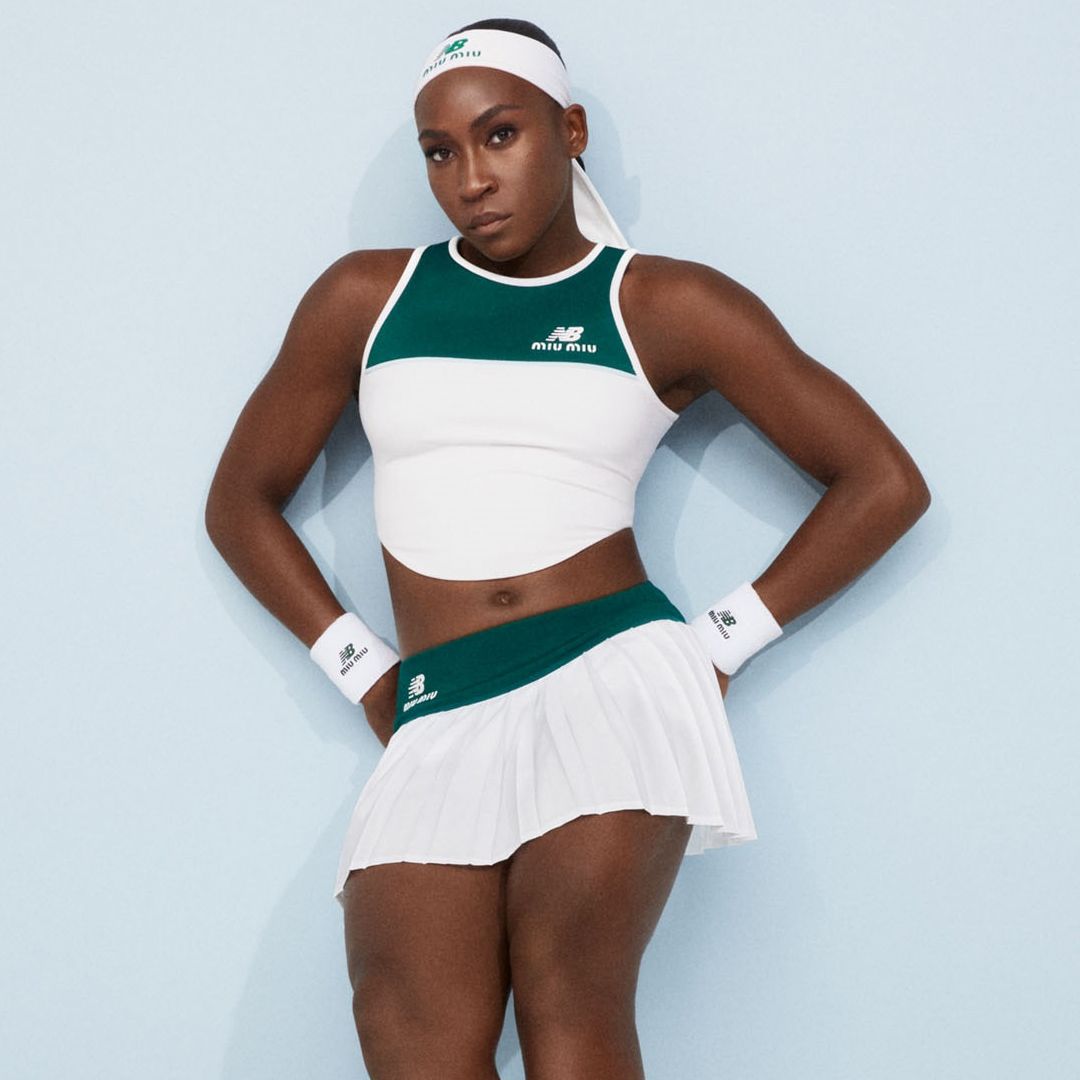 Coco Gauff Serves the New Balance x Miu Miu Collab to Beat
Coco Gauff Serves the New Balance x Miu Miu Collab to BeatShe'll debut it on the court at an upcoming tournament.
By Halie LeSavage
-
 Sarah Ferguson Made a Cheeky Comment to Princess Anne's Husband During Rare Easter Appearance With Prince Andrew
Sarah Ferguson Made a Cheeky Comment to Princess Anne's Husband During Rare Easter Appearance With Prince AndrewThe Duchess of York showed her fun-loving personality outside St. George's chapel in Windsor.
By Kristin Contino
-
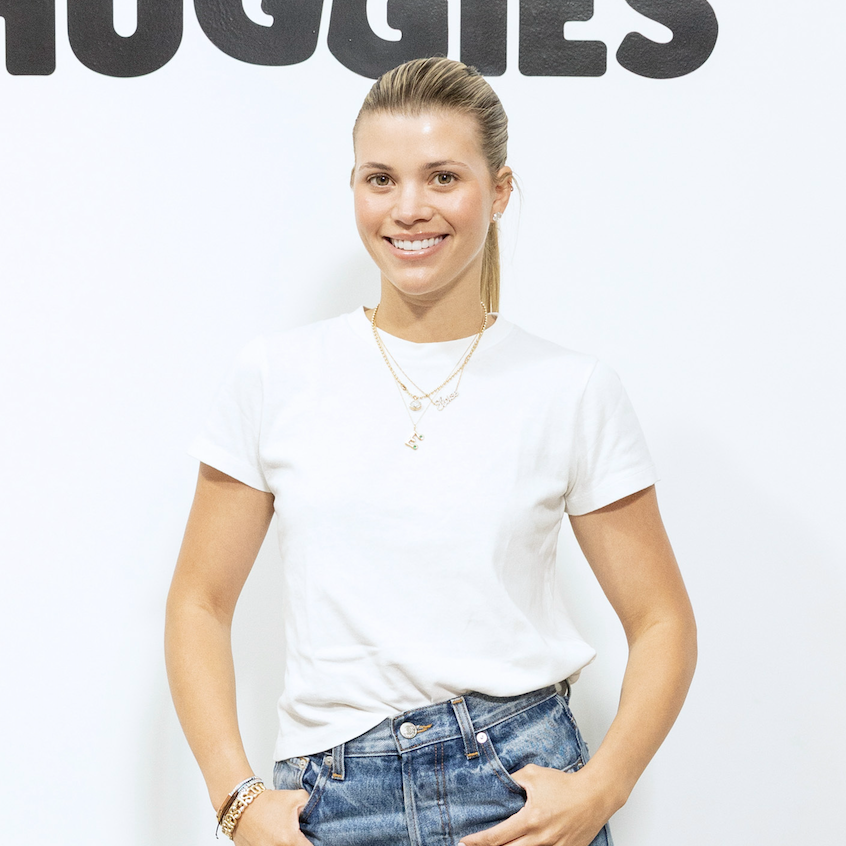 Sofia Richie Grainge's Necklace Stack Has the Sweetest Hidden Meaning
Sofia Richie Grainge's Necklace Stack Has the Sweetest Hidden MeaningNo wonder she wears it constantly.
By Kelsey Stiegman
-
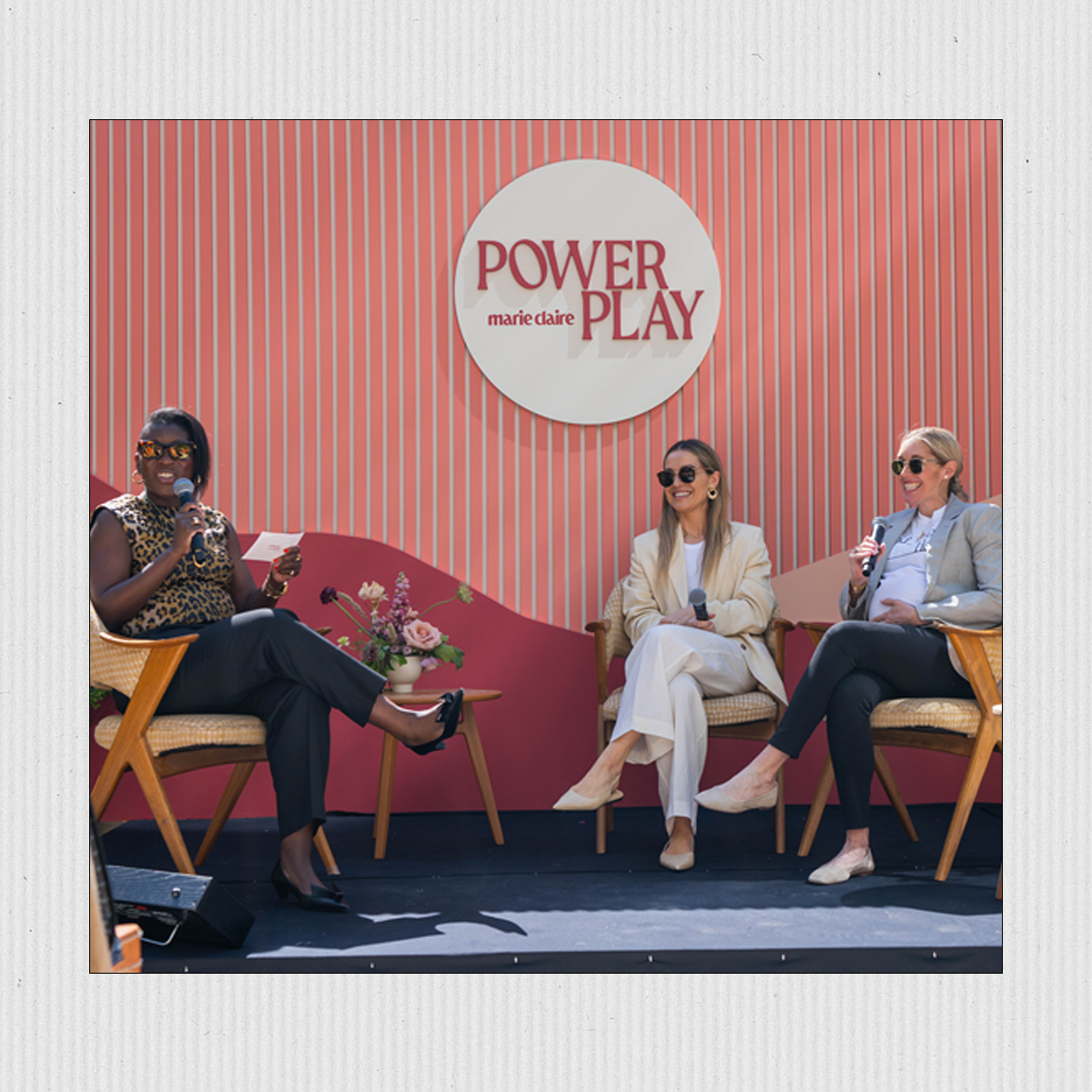 There's a Huge Gap in Women's Healthcare Research—Perelel Wants to Change That
There's a Huge Gap in Women's Healthcare Research—Perelel Wants to Change ThatThe vitamin company has pledged $10 million to help close the research gap, and they joined us at Power Play to talk about it.
By Nayiri Mampourian
-
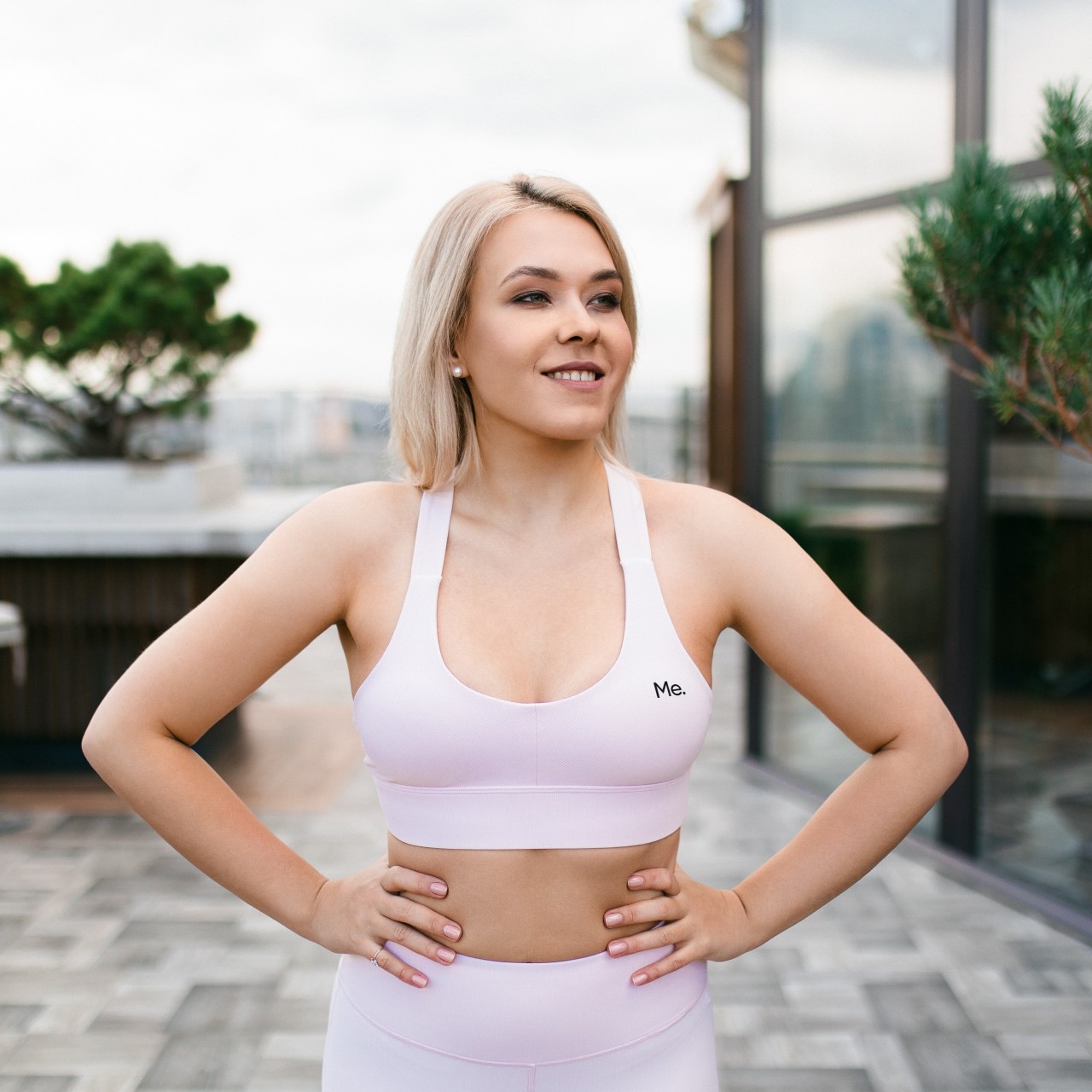 BetterMe Will Make Your New Year’s Resolutions Last the Other 12 Months
BetterMe Will Make Your New Year’s Resolutions Last the Other 12 MonthsSponsored BetterMe: Health Coaching uses a psychology-based program to approach your health goals from all angles, so they stay within reach.
By Sponsored
-
 Everlywell's At-Home Test Kits Are 40% Off
Everlywell's At-Home Test Kits Are 40% OffThe testing company is offering big savings on some of their most popular kits.
By The Editors
-
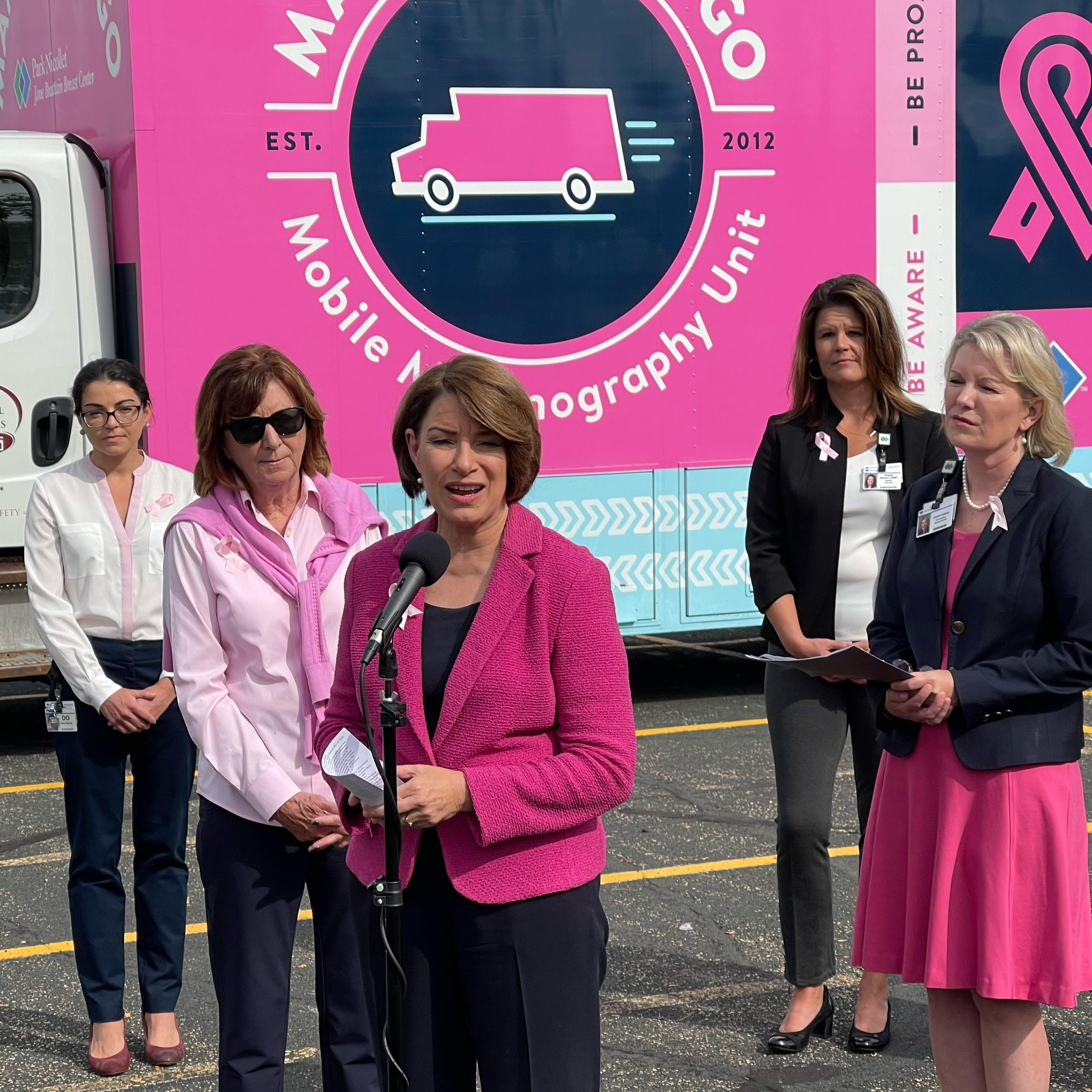 Senator Klobuchar: "Early Detection Saves Lives. It Saved Mine"
Senator Klobuchar: "Early Detection Saves Lives. It Saved Mine"Senator and breast cancer survivor Amy Klobuchar is encouraging women not to put off preventative care any longer.
By Senator Amy Klobuchar
-
 I'm an Egg Donor. Why Was It So Difficult for Me to Tell People That?
I'm an Egg Donor. Why Was It So Difficult for Me to Tell People That?Much like abortion, surrogacy, and IVF, becoming an egg donor was a reproductive choice that felt unfit for society’s standards of womanhood.
By Lauryn Chamberlain
-
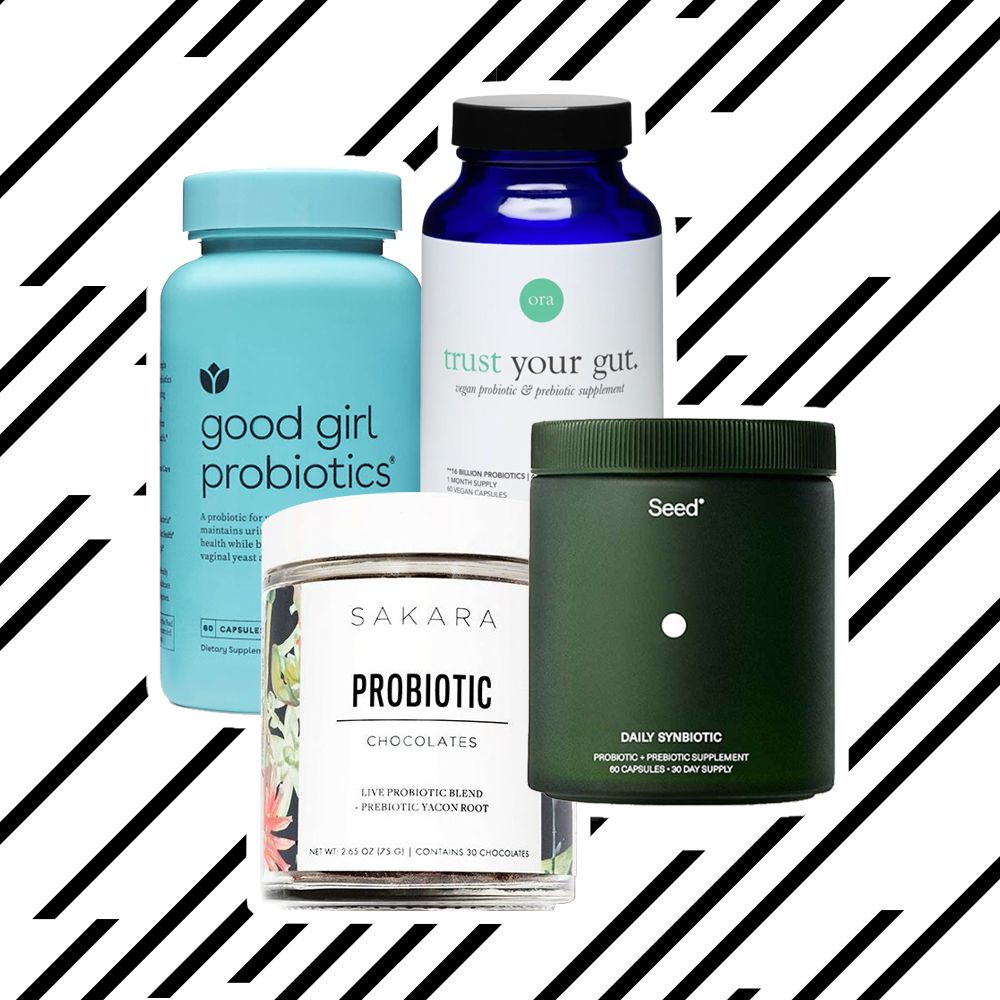 The 20 Best Probiotics to Keep Your Gut in Check
The 20 Best Probiotics to Keep Your Gut in CheckGut health = wealth.
By Julia Marzovilla
-
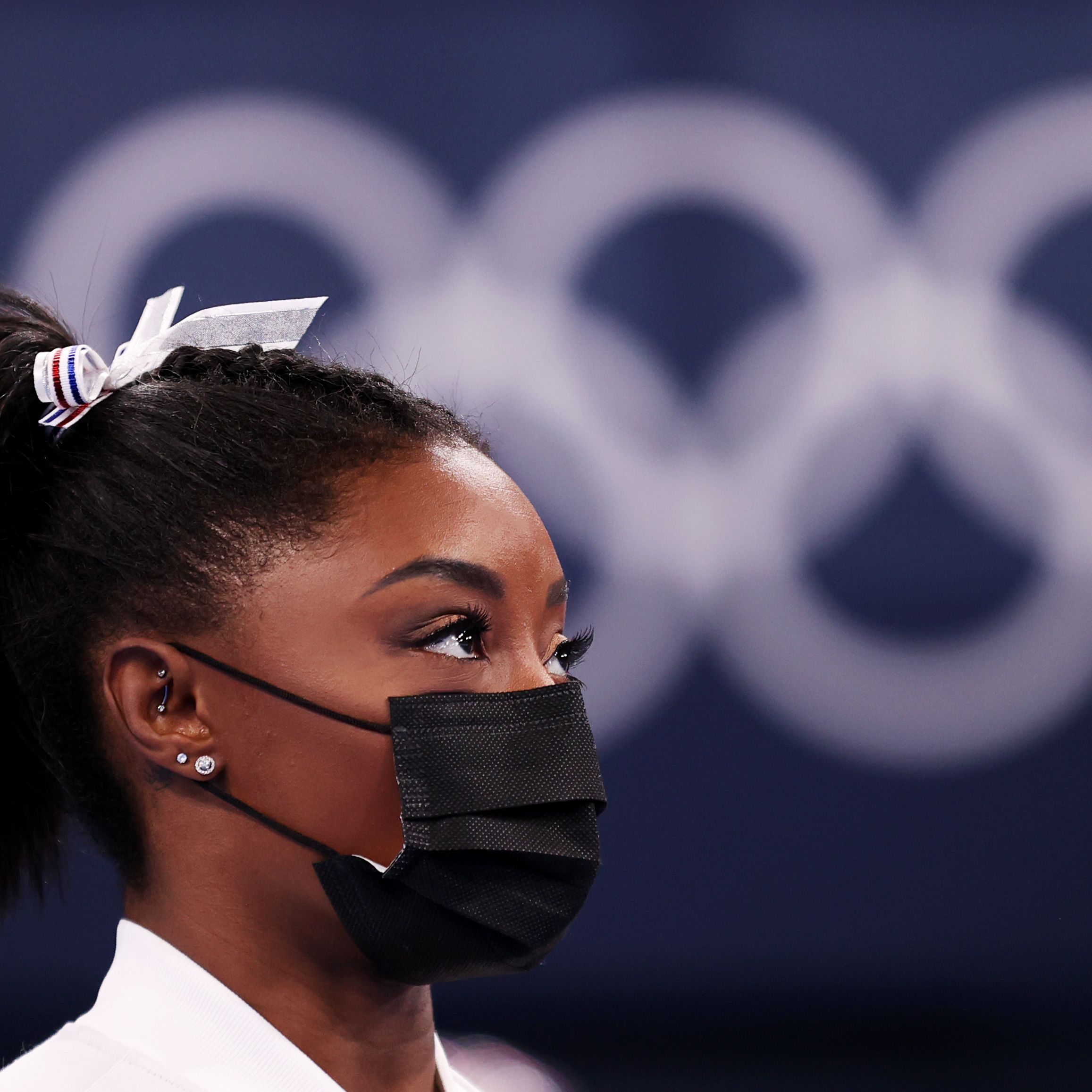 Simone Biles Is Out of the Team Final at the Tokyo Olympics
Simone Biles Is Out of the Team Final at the Tokyo OlympicsShe withdrew from the event due to a medical issue, according to USA Gymnastics.
By Rachel Epstein
-
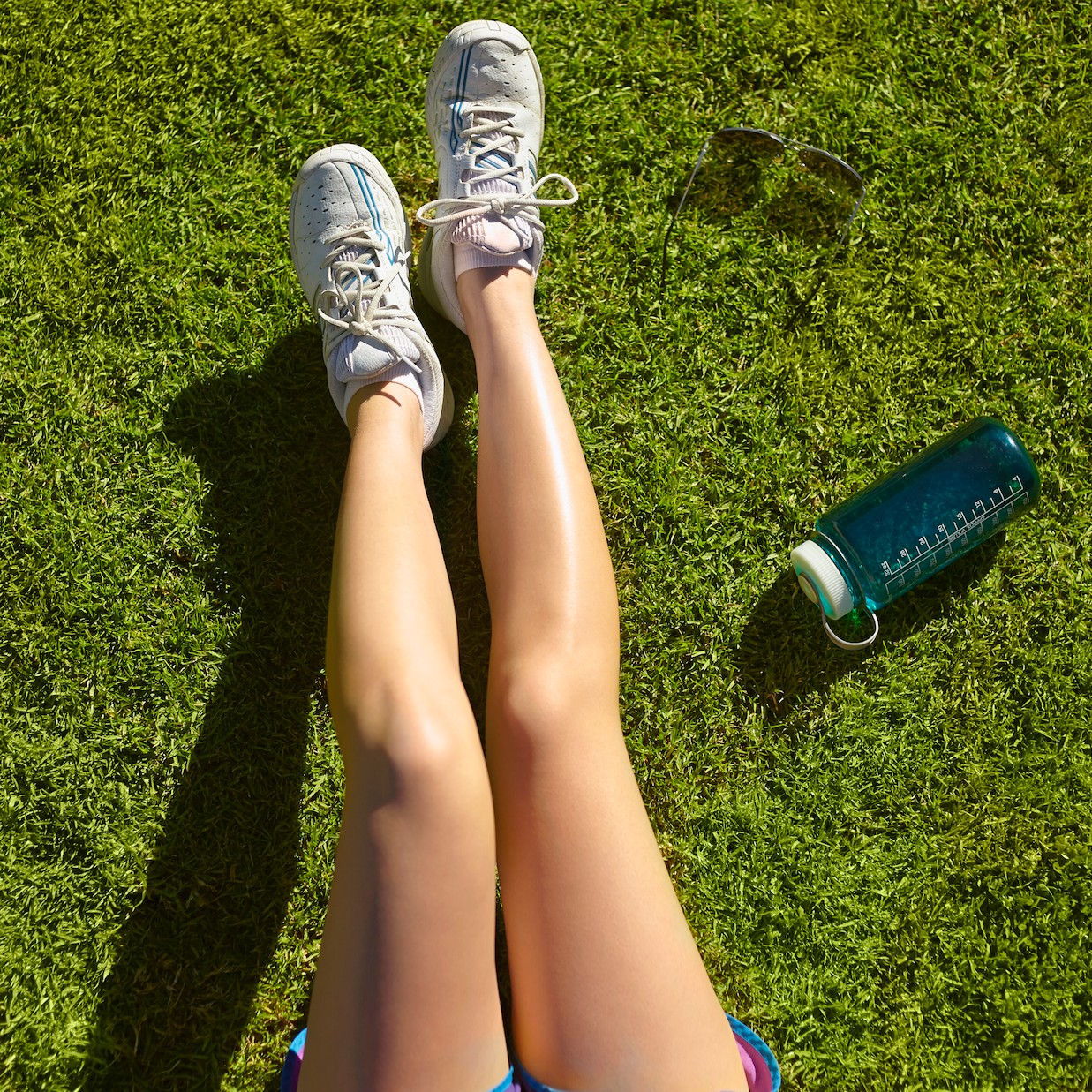 The Truth About Thigh Gaps
The Truth About Thigh GapsWe're going to need you to stop right there.
By Kenny Thapoung